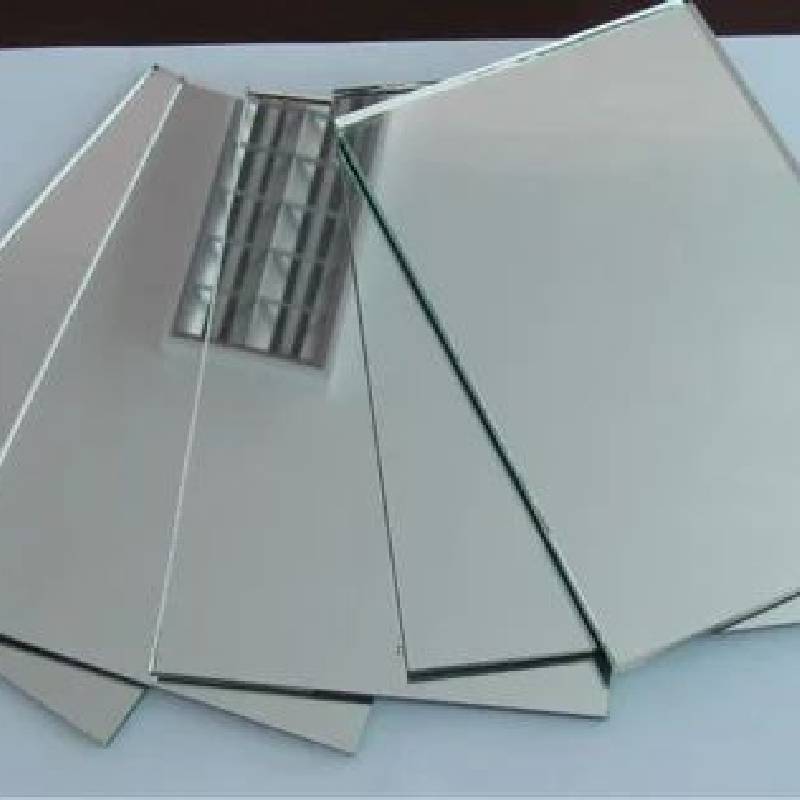

The Allure of Dark Blue Reflective Glass
In the ever-evolving world of architecture and design, materials play a pivotal role in transforming spaces and experiences. Among the most captivating materials gaining prominence is dark blue reflective glass. This intriguing substance not only serves functional purposes but also brings dramatic aesthetic qualities to modern designs.
Aesthetic Appeal
Dark blue reflective glass is renowned for its striking visual impact. The deep hue evokes a sense of calm and sophistication, reminiscent of twilight skies or deep ocean waters. When used on buildings, this glass creates an impressive façade that enhances the overall skyline of urban environments. The reflective quality of the glass allows structures to blend with their surroundings, capturing the beauty of the sky and nearby landscapes while providing a stunning visual experience.
The contrasting interplay of light and shadow through dark blue reflective glass adds depth to architectural designs. On sunny days, the glass reflects sunlight, creating a mesmerizing display of shimmering blues that can change throughout the day as the sun moves across the sky. At night, when artificial lights illuminate the glass, it transforms into a canvas of reflections, magnifying the surrounding urban nightlife, creating an enchanting ambiance.
Versatility in Design
Dark blue reflective glass is incredibly versatile, making it suitable for various applications, from residential buildings to commercial complexes. Its use in office buildings promotes a modern professional image while fostering an environment of creativity and innovation. In residential settings, this glass can create a tranquil and private oasis, fostering a connection with nature while providing refuge from the outside world.
In addition to exteriors, designers increasingly integrate dark blue reflective glass into interior spaces. It can be used for partition walls, allowing light to filter through while maintaining a degree of privacy. This feature makes it ideal for offices, restaurants, and cafes looking to create open yet intimate environments. Furthermore, dark blue glass surfaces in furniture design, such as tables or countertops, add a touch of elegance and modernity to any space.

Environmental Benefits
Apart from its aesthetic and functional advantages, dark blue reflective glass also offers several environmental benefits. The reflective nature of the glass can help regulate building temperature by reducing heat gain from sunlight. This quality can lead to decreased energy consumption for heating and cooling, contributing to a more sustainable built environment.
Moreover, advances in glass technology have enabled manufacturers to produce dark blue reflective glass with superior energy efficiency. Low-emissivity (low-E) coatings can enhance its insulating properties, effectively minimizing heat transfer. By investing in energy-efficient materials like dark blue reflective glass, architects and builders contribute to a greener future without compromising on style.
Maintenance and Durability
One of the often-overlooked advantages of dark blue reflective glass is its durability and ease of maintenance. Unlike traditional materials, which may require frequent upkeep, high-quality glass is resistant to weathering and can withstand various environmental conditions. Moreover, its reflective surface minimizes the appearance of dirt and grime, reducing the frequency of cleaning needed to maintain its elegant appearance.
Conclusion
As the world of architecture and interior design continues to embrace innovative materials, dark blue reflective glass stands out for its ability to marry aesthetic appeal with functionality. Its majestic hues, versatility, and environmental benefits make it a preferred choice for contemporary designers. As cities evolve, this material promises to play a key role in shaping the landscapes of tomorrow, reflecting not only the surroundings but also the values of sustainability and modernity. The allure of dark blue reflective glass is a testament to how design can elevate the ordinary into the extraordinary, making it an indispensable element in the quest for beauty and functionality in architectural design.